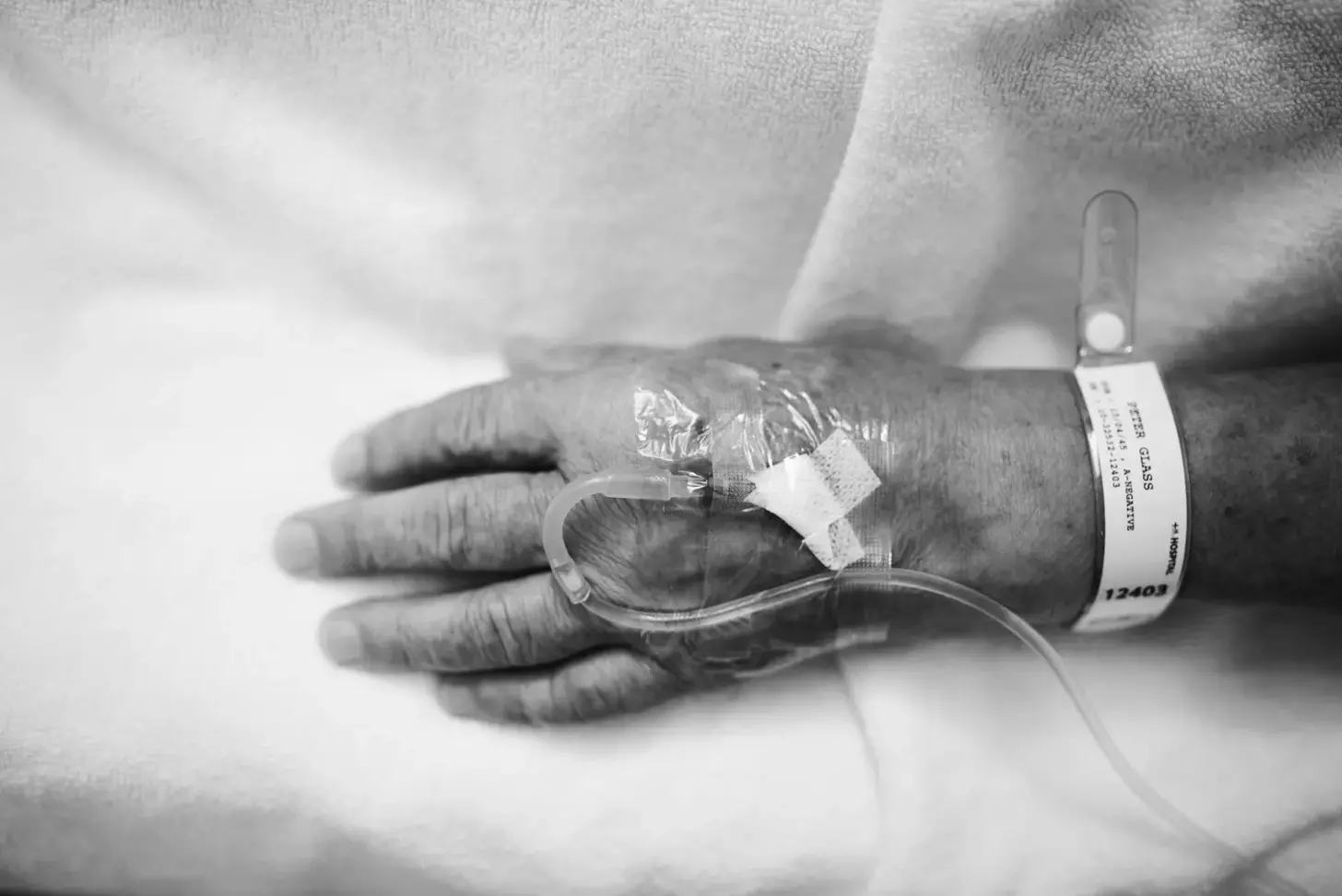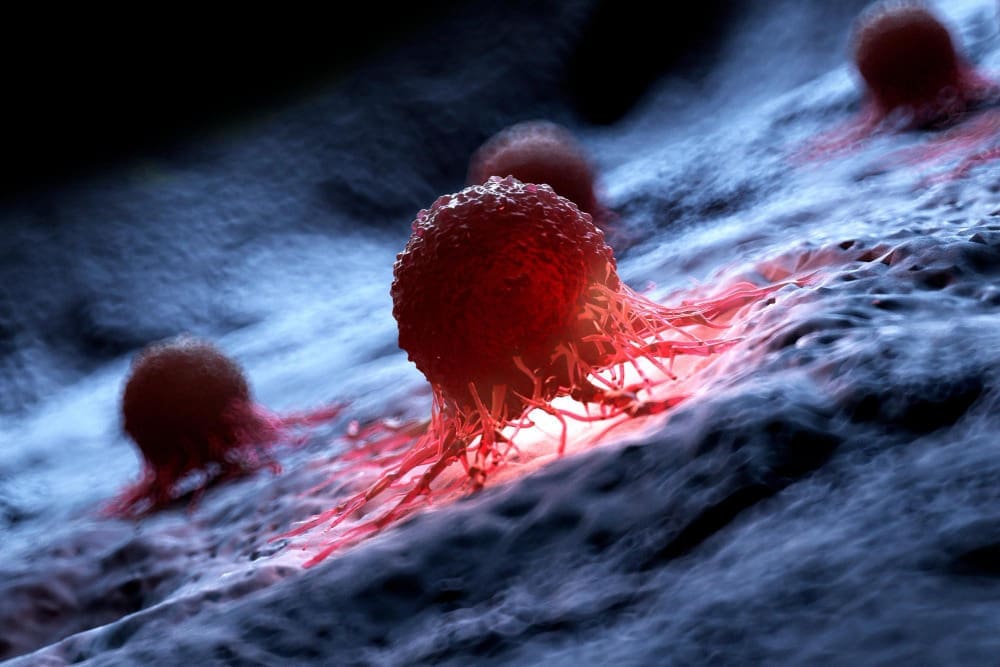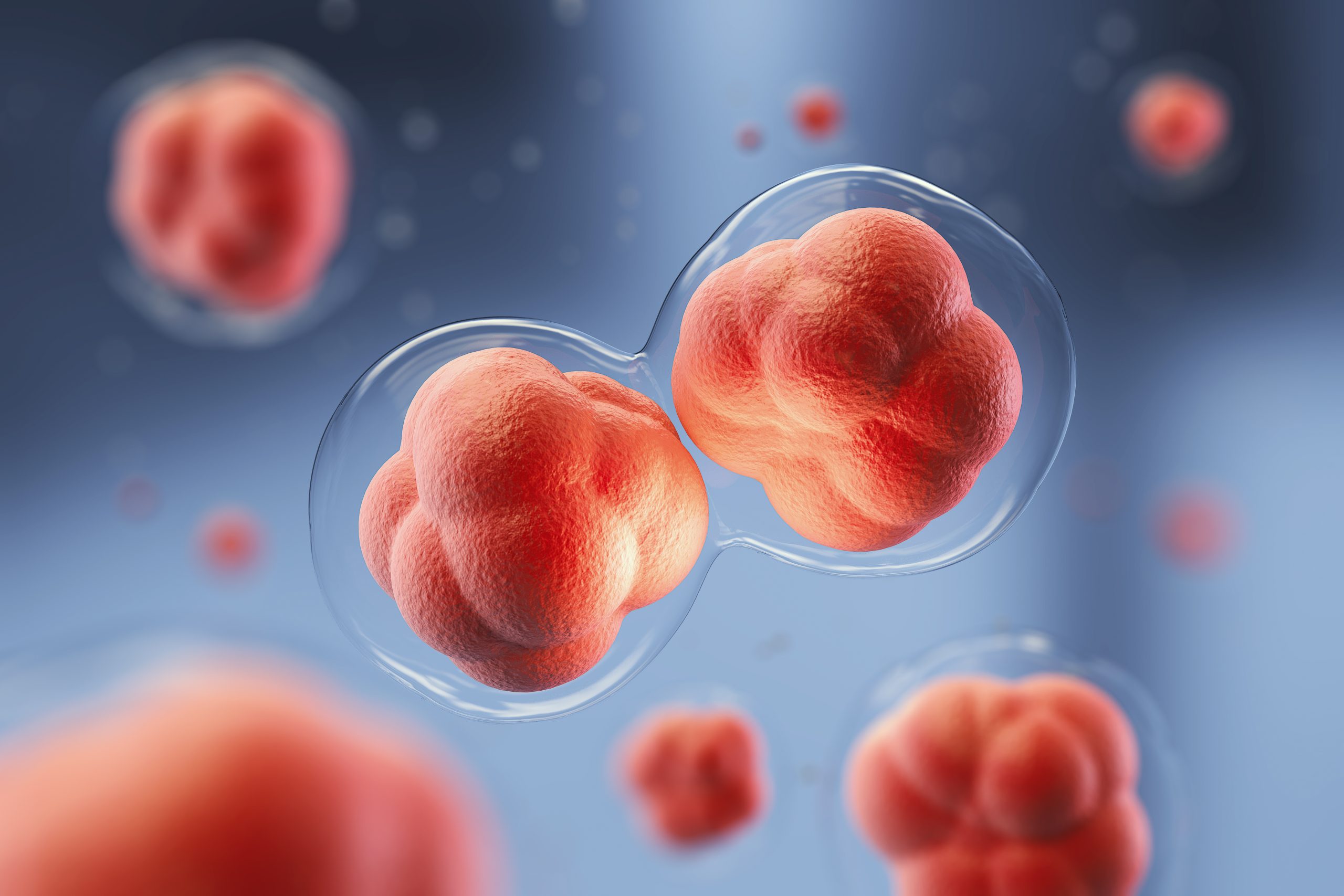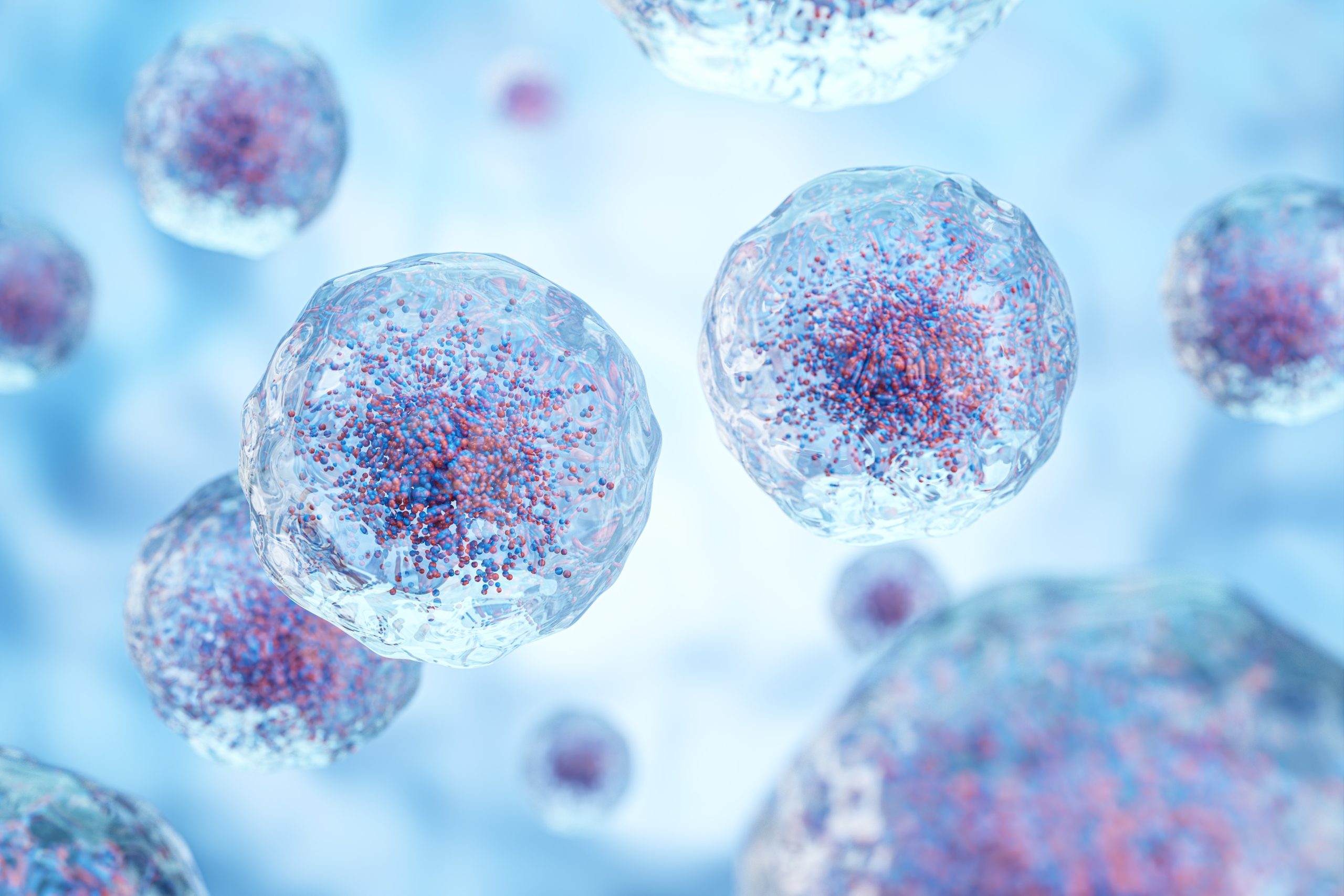Last Updated on November 27, 2025 by Bilal Hasdemir

Cancer treatment has evolved significantly, and one of the key advancements is chemo infusion, a method where medications are delivered directly into the bloodstream to combat cancer cells effectively.
At Liv Hospital, we utilize oncology infusion therapy as a cornerstone of cancer care, ensuring that patients receive the most effective treatment tailored to their individual needs. This approach allows for targeted therapies and innovative treatments that have become the standard of care in cancer treatment, thanks in part to numerous clinical trials.
By understanding what is chemo infusion, patients can better navigate their treatment options and feel more confident in their care. Our team is dedicated to providing world-class healthcare with complete support for international patients seeking advanced medical treatments.
Key Takeaways
- Chemotherapy infusion delivers medications directly into the bloodstream.
- Oncology infusion therapy is a key component of cancer treatment.
- Liv Hospital offers personalized cancer infusion therapy.
- Clinical trials have driven advancements in cancer care.
- Patients benefit from targeted and innovative treatments.
Understanding Oncology Infusion Therapy
Oncology infusion therapy is a critical component in the treatment of various cancers, offering a targeted approach to delivering medications directly to the bloodstream. This method has revolutionized cancer care by providing a precise and controlled way to administer therapeutic agents.
Definition and Purpose of Cancer Infusion Treatment
Cancer infusion treatment involves the intravenous administration of chemotherapy drugs, targeted therapy, or other medications. The primary purpose of this treatment is to destroy cancer cells or slow their growth, thereby improving patient outcomes.
How Infusion Therapy Targets Cancer Cells
Infusion therapy targets cancer cells by delivering high concentrations of medication directly to the tumor site or systemically throughout the body. This approach allows for a more effective treatment with potentially fewer side effects compared to traditional oral medications.
Administering chemo by infusion enables precise control over dosing and timing, often through a central venous catheter, port, or IV line. This precision is crucial in maximizing the efficacy of the treatment while minimizing adverse effects.
Benefits of Delivering Medications Directly to the Bloodstream
Delivering medications directly to the bloodstream offers several benefits, including:
- Rapid onset of action
- Higher bioavailability compared to oral medications
- Ability to administer high doses with controlled release
Detecting breast cancer at an earlier stage not only improves outcomes with existing treatments but also opens the door for more patients to participate in trials testing promising new therapies. The advancements in infusion therapy have played a significant role in this progress.
| Benefits | Description |
|---|---|
| Rapid Onset | Medications take effect quickly due to direct delivery into the bloodstream. |
| High Bioavailability | The body absorbs a higher percentage of the medication compared to oral administration. |
| Controlled Dosing | Healthcare providers can precisely control the dose and timing of medication administration. |
The Science Behind Chemotherapy Infusion
Chemotherapy iv infusion is a critical component of cancer treatment, requiring a deep understanding of the medications used and their effects on the body. We will explore how these drugs work in the bloodstream, the types of medications used, and the importance of precision in dosing.
How Chemotherapy Drugs Work in the Bloodstream
Chemotherapy drugs are designed to target rapidly dividing cancer cells. When administered through infusion, these medications are distributed throughout the body via the bloodstream, allowing them to reach cancer cells in various locations. This systemic approach is particularly effective for treating cancers that have spread or are at high risk of spreading.
Types of Medications Used in Oncology Infusion
Various chemotherapy drugs are used in oncology infusion, each with its own mechanism of action and potential side effects. For instance, drugs like doxorubicin and paclitaxel are commonly used to treat a range of cancers, including breast and ovarian cancer.
Precision and Dosing Considerations
Precision is crucial in chemotherapy infusion, as the dosage and administration schedule can significantly impact the effectiveness and tolerability of the treatment. Factors such as the type and stage of cancer, patient health, and previous treatments influence dosing decisions. We work closely with patients to monitor their response and adjust treatment plans as needed to optimize outcomes.
Infusion sessions can vary significantly in duration, ranging from a few minutes to several hours, depending on the specific treatment protocol. This flexibility allows us to tailor the treatment to the individual needs of each patient, ensuring they receive the most effective care possible.
Methods of Administering Chemo: Beyond IV Infusion
Beyond the traditional IV infusion, there are other effective ways to administer chemotherapy. We understand that each patient’s needs are unique, and the method of chemotherapy administration can significantly impact their treatment experience.
Intravenous (IV) Chemo Infusion Techniques
IV infusion is a widely used method for administering chemotherapy. This approach allows for the direct delivery of chemotherapy drugs into the bloodstream, ensuring a rapid and effective treatment. We utilize advanced IV infusion techniques to minimize discomfort and optimize the delivery of chemotherapy.
The use of IV infusion techniques requires careful consideration of factors such as the type of chemotherapy drugs, the patient’s overall health, and their individual treatment plan. Our experienced healthcare team works closely with patients to determine the most appropriate IV infusion method for their specific needs.
Chemo Injections and Shots
In some cases, chemotherapy can be administered via injections or shots. This method involves delivering chemotherapy drugs directly into the muscle or under the skin. Chemo injections are often used for specific types of chemotherapy drugs that are not suitable for IV infusion.
We understand that chemo injections can be a convenient alternative to IV infusion for some patients. Our healthcare team will discuss the benefits and potential side effects of chemo injections with patients to determine if this method is suitable for their treatment plan.
Specialized Infusion Devices and Pumps
Specialized infusion devices and pumps play a crucial role in the administration of chemotherapy. These devices allow for precise control over the delivery of chemotherapy drugs, ensuring that patients receive the correct dosage. Our state-of-the-art infusion devices and pumps are designed to minimize the risk of complications and optimize treatment outcomes.
We utilize a range of infusion devices and pumps, each selected based on the specific needs of the patient and their treatment plan. Our healthcare team is trained to operate these devices effectively, ensuring that patients receive high-quality care throughout their treatment.
Vascular Access Devices for Oncology Infusion
Oncology infusion therapy relies heavily on vascular access devices for safe chemotherapy administration. These devices are crucial for delivering chemotherapy directly into the bloodstream, ensuring effective treatment for cancer patients.
Peripheral IV Lines
Peripheral IV lines are commonly used for short-term chemotherapy infusion. They are easy to insert and remove, making them a convenient option for patients requiring brief treatment periods. However, they may not be suitable for long-term or high-volume chemotherapy infusions.
Central Venous Catheters
Central venous catheters, also known as central lines, are used for patients requiring long-term or complex chemotherapy regimens. These catheters provide a more stable and secure access point compared to peripheral IV lines, reducing the risk of complications associated with repeated needle insertions.
Implanted Ports and Port-a-Caths
Implanted ports, such as Port-a-Caths, are subcutaneous devices that allow for easy access to the venous system. They are ideal for patients undergoing prolonged chemotherapy treatment, as they minimize the risk of infection and other complications associated with external catheters.
PICC Lines for Long-Term Treatment
Peripherally Inserted Central Catheters (PICC lines) are another option for long-term chemotherapy infusion. PICC lines offer a convenient and relatively low-risk solution for patients requiring extended treatment periods, as they can remain in place for several months with proper care.
We understand that choosing the right vascular access device is a critical decision in oncology infusion therapy. By understanding the different types of devices available, healthcare providers can make informed decisions that optimize patient care and treatment outcomes.
The Complete Infusion Process for Cancer Patients
Infusion therapy for cancer involves a comprehensive approach, including preparation, administration, and follow-up care. We understand that navigating this process can be challenging, so we’re here to guide you through each step.
Pre-Infusion Preparation and Assessment
Before starting infusion therapy, patients undergo a thorough assessment to determine the most appropriate treatment plan. This includes reviewing medical history, current health status, and the type of cancer being treated. We also prepare patients by explaining the infusion process, potential side effects, and how to manage them.
Patients in clinical trials receive extra monitoring and support, including coordination by research staff and access to services such as nurse navigators and counseling. This additional support helps patients navigate the treatment process more effectively.
During the Infusion: What to Expect
During the infusion, patients are closely monitored for any adverse reactions or side effects. Our medical team is present to address any concerns and ensure the treatment is administered correctly. The duration of the infusion can vary depending on the type of medication and the individual patient’s needs.
Post-Infusion Monitoring and Care
After the infusion, patients are monitored for a period to check for any immediate reactions. We also provide guidance on post-infusion care, including managing potential side effects and maintaining overall health. Follow-up appointments are scheduled to monitor the patient’s response to the treatment and adjust the plan as necessary.
Managing Immediate Side Effects
While infusion therapy is generally well-tolerated, some patients may experience side effects. We work closely with patients to manage these effects, which can include nausea, fatigue, or reactions at the infusion site. Supportive medications and interventions are available to help mitigate these side effects and improve the patient’s comfort during and after treatment.
| Side Effect | Management Strategy |
|---|---|
| Nausea | Anti-nausea medication, dietary adjustments |
| Fatigue | Rest, gentle exercise, nutritional support |
| Infusion site reaction | Topical treatments, adjusting infusion technique |
By understanding the infusion process and working closely with our medical team, cancer patients can better navigate their treatment journey and manage any challenges that arise.
Chemotherapy Infusion Centers and Treatment Settings
Understanding the different chemotherapy infusion centers and treatment settings is essential for patients and their families as they navigate cancer treatment. Chemotherapy infusion centers provide a safe and supportive environment for patients receiving infusion therapy.
Hospital-Based Infusion Centers
Hospital-based infusion centers offer a comprehensive care environment, especially for patients with complex needs or those undergoing intensive treatment regimens. These centers are equipped with advanced medical technology and staffed by experienced healthcare professionals.
Outpatient Oncology Clinics
Outpatient oncology clinics provide a more relaxed environment for patients receiving iv therapy for cancer, allowing them to receive treatment without the need for hospitalization.
Home Infusion Services
For some patients, home infusion services offer the convenience and comfort of receiving chemotherapy treatment how often they need it, in the comfort of their own homes. This setting is particularly beneficial for patients with mobility issues or those who prefer the privacy of their home environment.
The Role of Specialized Oncology Infusion Nurses
Specialized oncology infusion nurses play a vital role in all these settings, providing expert care and support to patients undergoing chemotherapy infusion. Their expertise ensures that patients receive high-quality care, and they are instrumental in managing side effects and providing emotional support.
| Treatment Setting | Benefits | Considerations |
|---|---|---|
| Hospital-Based Infusion Centers | Comprehensive care, access to emergency services | Potential for longer waiting times, higher costs |
| Outpatient Oncology Clinics | More relaxed environment, lower costs compared to hospital stays | May not be suitable for patients with complex needs |
| Home Infusion Services | Convenience, comfort of receiving treatment at home | Requires careful patient selection, need for caregiver support |
Many clinical trials are testing new approaches to supportive care, improving the quality of life for cancer patients. This ongoing research is crucial in enhancing the care provided in chemotherapy infusion centers.
Infusion Schedules and Treatment Protocols
The frequency and duration of chemo infusions vary depending on the type and stage of cancer, as well as individual patient factors. We understand that navigating these variables can be challenging, but our goal is to provide clarity on how infusion schedules are determined and what patients can expect during their treatment journey.
Chemotherapy Cycles and Their Frequencies
Chemotherapy is typically administered in cycles, with each cycle consisting of a treatment period followed by a recovery period. The frequency of these cycles can vary significantly depending on the specific chemotherapy regimen. For instance, some protocols may involve weekly treatments, while others might be given every two, three, or four weeks. We work closely with patients to understand their treatment schedule and ensure they are prepared for each cycle.
Duration of Infusion Sessions
The duration of infusion sessions can range from a few minutes to several hours. The length of the infusion is influenced by factors such as the type of medication being administered, the patient’s overall health, and the specific goals of the treatment. Some infusions are given rapidly over a short period, while others are delivered more slowly over several hours to minimize side effects and maximize efficacy.
Factors Affecting Treatment Schedules
Several factors can influence a patient’s treatment schedule, including their overall health, the stage and type of cancer, and how well they tolerate the treatment. We also consider factors such as the patient’s lifestyle and preferences when developing their treatment plan. By taking a comprehensive approach, we can create a schedule that meets the patient’s needs and optimizes their chances of a successful outcome.
Combination Therapy Approaches
Many cancer patients receive combination therapy, which involves using multiple types of treatment, such as chemotherapy, targeted therapy, and immunotherapy, in conjunction with one another. Clinical trials are continually testing new combination approaches to improve treatment outcomes. We stay up-to-date with the latest research and work with patients to determine the most effective combination therapy for their specific situation.
Managing Side Effects of IV Therapy for Cancer
Understanding and managing the side effects of IV therapy is vital for improving the quality of life for cancer patients. IV therapy, or intravenous therapy, is a common method of administering chemotherapy and other cancer treatments directly into the bloodstream.
Common Side Effects During and After Infusion
Cancer patients receiving IV therapy often experience a range of side effects, both during and after the infusion process. Common side effects include:
- Fatigue and weakness
- Nausea and vomiting
- Hair loss
- Changes in blood cell counts
- Increased risk of infection
These side effects occur because chemotherapy drugs target rapidly dividing cells, not just cancer cells but also healthy cells in the body.
Supportive Medications and Interventions
To manage the side effects of IV therapy, healthcare providers often prescribe supportive medications and interventions. For example:
- Anti-nausea medications to prevent or reduce nausea and vomiting
- Growth factors to stimulate the production of blood cells
- Antibiotics to prevent or treat infections
These supportive measures can significantly improve a patient’s quality of life during treatment.
Self-Care Strategies for Patients
In addition to medical interventions, patients can employ several self-care strategies to manage side effects:
- Stay hydrated by drinking plenty of fluids
- Maintain a balanced diet to support overall health
- Rest and conserve energy
- Practice stress-reducing techniques, such as meditation or yoga
By taking an active role in their care, patients can better manage the challenges of IV therapy.
When to Contact Your Healthcare Provider
It’s essential for patients to know when to seek medical attention. Contact your healthcare provider if you experience:
- Severe side effects that interfere with daily life
- Signs of infection, such as fever or chills
- Unusual bleeding or bruising
Prompt communication with your healthcare team can help address issues early and prevent complications.
Conclusion on Advances in Oncology Infusion Therapy
We have seen significant advancements in oncology infusion therapy, transforming the landscape of cancer treatment. Cancer infusion treatment has become more precise and effective, improving treatment outcomes and quality of life for patients undergoing infusion cancer treatment.
The future of cancer care is poised to involve continued innovations in targeted therapies, immunotherapies, and personalized medicine. As we move forward, oncology infusion will play a critical role in delivering these advanced treatments directly to the bloodstream, maximizing their efficacy.
Ongoing research and clinical trials will be essential in shaping the future of oncology infusion therapy. We anticipate that these advancements will lead to more effective cancer infusion treatments, ultimately enhancing patient outcomes and survival rates.
FAQ
What is oncology infusion therapy, and how is it administered?
Oncology infusion therapy involves delivering cancer medications directly into the bloodstream through a vein. We administer these treatments using various methods, including IV infusion techniques, chemo injections, and specialized infusion devices and pumps.
How does infusion therapy target cancer cells?
Infusion therapy targets cancer cells by delivering medications directly to the bloodstream, allowing the drugs to reach the cancer cells throughout the body. This approach enables us to treat cancer that has spread or is at high risk of spreading.
What are the benefits of delivering medications directly to the bloodstream?
Delivering medications directly to the bloodstream allows for higher concentrations of the drug to reach the cancer cells, increasing the effectiveness of the treatment. This approach also reduces the risk of gastrointestinal side effects associated with oral chemotherapy.
What types of medications are used in oncology infusion?
We use a range of medications in oncology infusion, including chemotherapy drugs, targeted therapies, and immunotherapies. The specific medication or combination of medications used depends on the type and stage of cancer, as well as the individual patient’s needs.
How are vascular access devices used in oncology infusion?
Vascular access devices, such as peripheral IV lines, central venous catheters, implanted ports, and PICC lines, are used to administer infusion therapy. The choice of device depends on the individual patient’s needs, the type of treatment, and the duration of therapy.
What can patients expect during the infusion process?
During the infusion process, patients can expect to receive their medication through a vascular access device. We monitor patients closely for any side effects or reactions, and provide supportive care as needed.
Where can patients receive chemotherapy infusion?
Patients can receive chemotherapy infusion in various settings, including hospital-based infusion centers, outpatient oncology clinics, and through home infusion services. The choice of setting depends on the individual patient’s needs and preferences.
How are infusion schedules and treatment protocols determined?
Infusion schedules and treatment protocols are determined based on the type and stage of cancer, as well as the individual patient’s needs and response to treatment. We consider factors such as chemotherapy cycles, infusion session durations, and combination therapy approaches when developing a treatment plan.
What are the common side effects of IV therapy for cancer?
Common side effects of IV therapy for cancer include fatigue, nausea, vomiting, and hair loss. We provide supportive medications and interventions to manage these side effects, and educate patients on self-care strategies to help minimize their impact.
How are side effects managed during and after infusion?
We manage side effects during and after infusion through a range of supportive care measures, including medications, hydration, and rest. Patients are also educated on self-care strategies to help minimize the impact of side effects.
What is the role of specialized oncology infusion nurses?
Specialized oncology infusion nurses play a critical role in providing high-quality care and support to patients receiving infusion therapy. They are trained to administer medications, monitor patients for side effects, and provide education and emotional support throughout the treatment process.
How do clinical trials contribute to advances in oncology infusion therapy?
Clinical trials contribute to advances in oncology infusion therapy by evaluating new medications, treatment approaches, and infusion techniques. These trials help us to identify more effective and safer treatments, and to improve patient outcomes.








